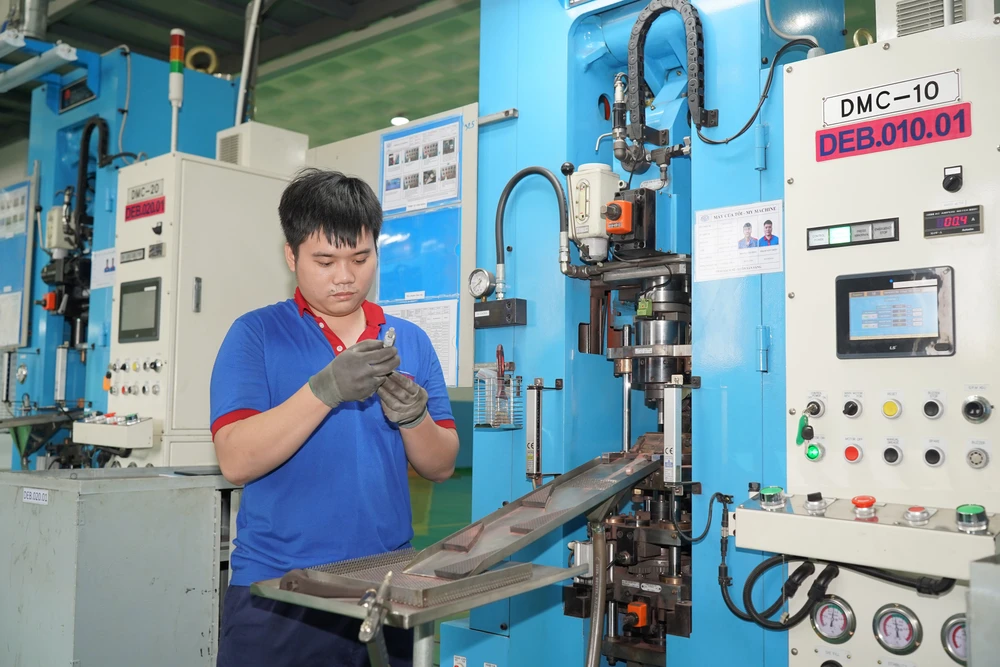
There is a very sad reality that has been going on for many years: most Vietnamese products, especially agricultural products, are having to “borrow” brands for export. This reality puts Vietnamese products at risk of increasing exports but lacking stable market share, being dependent on export partners and being vulnerable if the world market fluctuates.
70%-80% raw exports
Vietnam has risen to the top 10 exporting countries in the world. In the first 5 months of 2024, the total export turnover of goods is estimated at 156.77 billion USD, up 15.2% over the same period last year. Of which, the domestic economic sector reached 43.69 billion USD, up 20.5%, accounting for 27.9% of total export turnover. The foreign-invested sector (including crude oil) reached 113.08 billion USD, up 13.3%, accounting for 72.1%. The processed industrial goods group was identified as the main export group when it reached 137.39 billion USD, accounting for 87.7% of total export turnover.
Ms. Phan Thi Thang, Deputy Minister of Industry and Trade, acknowledged that Vietnam's export turnover has increased continuously in recent years. The growth rate has always maintained a double-digit level despite many fluctuations in the world economy. For example, in 2023, Vietnam's total import-export turnover reached more than 681 billion USD, of which exports reached 354.7 billion USD. The trade balance of goods in 2023 had a trade surplus of 28.3 billion USD. There were 35 items with an export turnover of over 1 billion USD and 7 of them had an export turnover exceeding 10 billion USD. Some groups of products with high export turnover values include: phones, components; electronics, machinery and components; machinery, equipment, tools and spare parts; textiles; footwear; wood and wood products; means of transport and spare parts; seafood, vegetables and fruits and coffee.
However, the export group of high value-added, branded goods such as phones, components, electronics, machinery, etc. belongs to foreign direct investment (FDI) companies. For the group of electronics, components, and machinery, Samsung's export turnover alone accounted for more than 55 billion USD (in 2023), 10 billion USD higher than the previous year. In addition to Samsung, the export turnover of branded and high-value goods is being recorded in the group of leading technology corporations in the United States, Europe, Japan, Korea, Singapore, China, etc., which are increasing their presence in Vietnam.
With groups of agricultural products, food, textiles, wood, seafood... - export groups with a high proportion of value belonging to Vietnamese enterprises, along with the strong growth of export turnover, the proportion of raw exports is also increasing. For example, the textile industry has reached an export milestone of more than 40 billion USD/year; wood and wood products reached more than 12 billion USD/year; agricultural, forestry, fishery and food products more than 53 billion USD/year. However, very few products in the above groups are present in the domestic and foreign markets with their own brands. Instead, the products appear with foreign brands but "Made in Vietnam".
At the export forum organized by the Ministry of Industry and Trade in early June 2024, Mr. Akiyama Naoki, Director of Operations and Chief Financial Officer of Uniqlo Vietnam, shared that Fast Retailing Group has been involved in manufacturing in Vietnam for more than 20 years. Uniqlo-branded fashion products manufactured from partner factories in Vietnam are not only available at 23 domestic stores but are also distributed to more than 2,400 stores worldwide. By 2024, products manufactured in Vietnam will account for more than 60% of the group's products in domestic stores and this ratio will increase in the coming time.
Meanwhile, according to Ms. Hoang Thi Lien, President of the Vietnam Pepper and Spice Association, Vietnam has become the world's leading country in terms of output of pepper, cashew, cinnamon, star anise, and many other high-value spices. For example, cinnamon products, our country has the largest cinnamon growing area in the world with a cinnamon bark output of 72,000 tons/year. However, the export value only reached about 260 million USD/year - a very low number. Even compared to 2022, the cinnamon export value in 2023 decreased by 10.7% due to raw exports, unstable value, or stable at a low level, vulnerable to market fluctuations. Statistics from the Ministry of Industry and Trade also clearly show that up to 70% - 80% of goods are exported raw, with low added value.
Vietnamese brands… absent
Most Vietnamese goods exported to markets under the Vietnam - EU Free Trade Agreement (EVFTA), the Comprehensive and Progressive Agreement for Trans-Pacific Partnership (CPTPP), the Regional Comprehensive Economic Partnership (RCEP)... still carry foreign brands.
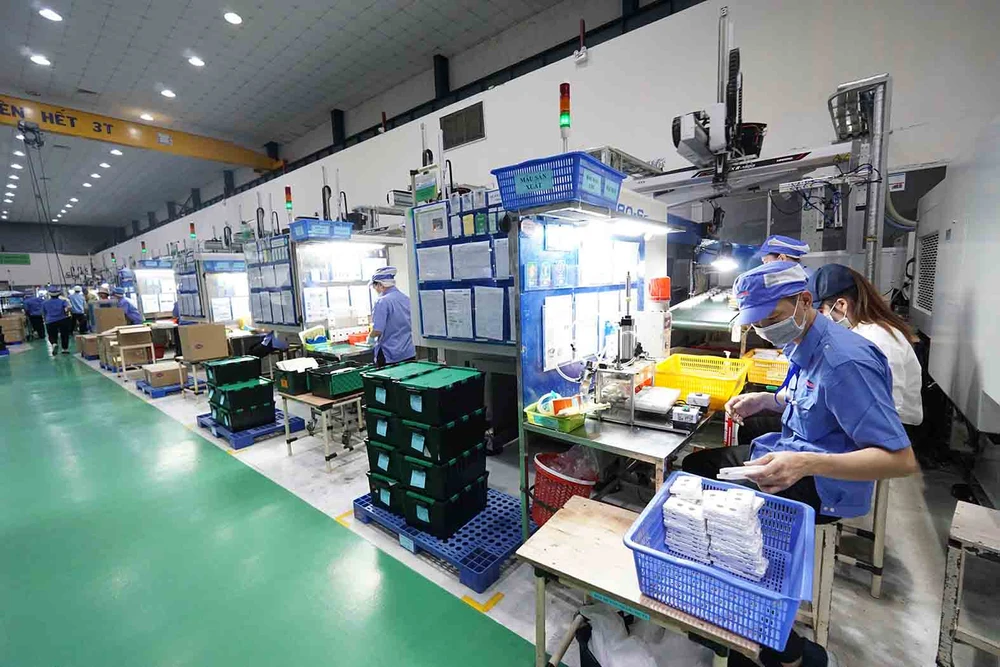
In fact, in major cities of Japan such as Narita, Tokyo, Yamanashi, Nagoya, Kyoto, Osaka, there are many “made in Vietnam” products but the brands are from Japanese enterprises. In large supermarket chains and convenience stores such as Aeonmall, Ginza Quarter, Familymart, Lawson, etc., the “made in Vietnam” product group is rich and diverse, including wooden furniture, handicrafts; from water hyacinth stems, fashion products and processed foods. These are also the best-selling products in the above-mentioned store chains, but the brands are from Japanese enterprises.
Vietnamese goods are currently facing many difficulties and challenges from increasingly high quality standards or requirements on the origin of goods in import markets. Protectionism is on the rise in many markets, along with the trend of sustainable development, carbon emission reduction and environmental protection in Vietnam's key export markets, which has been causing difficulties for Vietnamese enterprises, requiring enterprises to adapt and comply early if they do not want to be eliminated from the market. And not all enterprises have the capacity to solve these problems.
Deputy Minister of Industry and Trade Phan Thi Thang
This situation is also common in commercial centers and large shopping areas in Bangkok (Thailand), Seoul (Korea) and Singapore... For example, in Seoul, many cosmetics use natural ingredients from Vietnam such as coconut, turmeric, honey... but carry Korean brands. According to the assessment of the Institute of Post-Harvest Technology, due to the low level of development and investment costs for the processing industry, the rate of processed agricultural products in Vietnam that meet international quality standards is only about 10%; the number of agricultural processing enterprises registering product quality is also only about 15%.
Mr. Ta Hoang Linh, Director of the European and American Market Department (Ministry of Industry and Trade), informed that in many different forms such as foreign brand processing, supplying raw materials or products with Vietnamese brands, they have covered most of the large global supply chains.
Actual surveys show that from multi-industry supermarkets, to single-industry supermarket chains, supermarket chains specializing in serving Asians, to supermarket chains serving Latin Americans, and professional buyers such as Aeon, Uniqlo (Japan); Walmart, Amazon, Safeway (USA); Falabella (Chile); Carrefour, Decathlon (France); Central Group (Thailand); Coppel (Mexico); IKEA (Sweden), LuLu (UAE) ... are all "hunting" for Vietnamese supply sources. The product groups with a large number of supplied products are food - beverage; garment, fashion; footwear, handbags, accessories; sportswear and household appliances and furniture. Depending on the product group and the market, whether it is Europe or the United States, Canada, Mexico, Russia ..., Vietnam's export turnover has an annual increase of 17% - 43.6%.
Unfortunately, Vietnamese products exist mainly in the form of processing, low added value, the main export rate is through intermediaries, very few products can be exported under their own brand. That is a huge disadvantage for Vietnamese goods and Vietnamese businesses.
In the SGGP newspaper issue dated February 28, 2024, former Minister of Agriculture and Rural Development Cao Duc Phat said that in the agricultural value chain, the stage with the lowest profit is farming and production, accounting for only about 12% -13% of the total added value of agricultural products. More than 80% of the remaining value lies in the stages: processing, brand development, sales... The world has done research, in the 100 billion USD value of coffee reaching consumers, the total value that coffee growers receive is only about 15 billion USD, while 85 billion USD "falls into the hands of others"... in countries that do not grow coffee.
AI VAN
Source: https://www.sggp.org.vn/xay-dung-thuong-hieu-cho-hang-viet-viec-can-lam-ngay-bai-1-vay-thuong-hieu-de-xuat-khau-post745943.html


![[Photo] Prime Minister Pham Minh Chinh receives Swedish Minister of International Development Cooperation and Foreign Trade](https://vphoto.vietnam.vn/thumb/1200x675/vietnam/resource/IMAGE/2025/5/12/ae50d0bb57584fd1bbe1cd77d9ad6d97)


![[Photo] Prime Minister Pham Minh Chinh starts construction of vital highway through Thai Binh and Nam Dinh](https://vphoto.vietnam.vn/thumb/1200x675/vietnam/resource/IMAGE/2025/5/12/52d98584ccea4c8dbf7c7f7484433af5)
![[Photo] Prime Minister Pham Minh Chinh works with the Standing Committee of Thai Binh Provincial Party Committee](https://vphoto.vietnam.vn/thumb/1200x675/vietnam/resource/IMAGE/2025/5/12/f514ab990c544e05a446f77bba59c7d1)





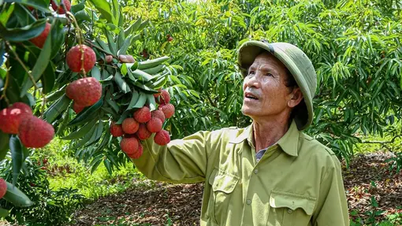



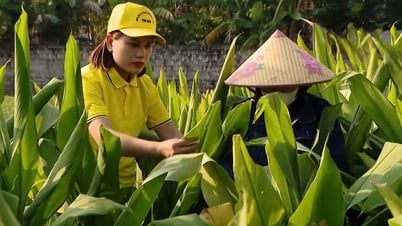




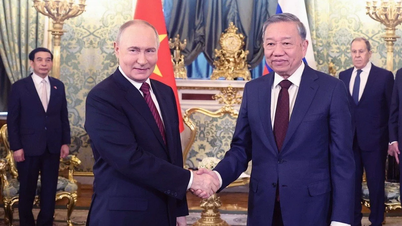

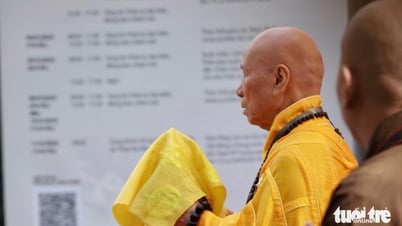

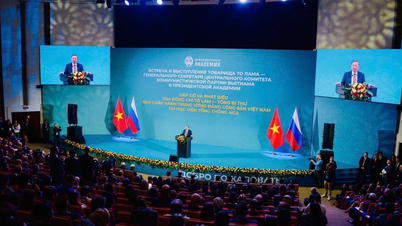




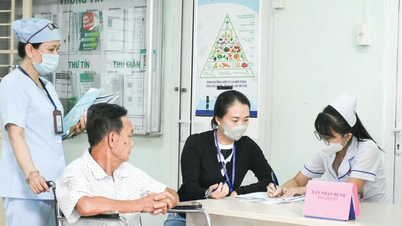


































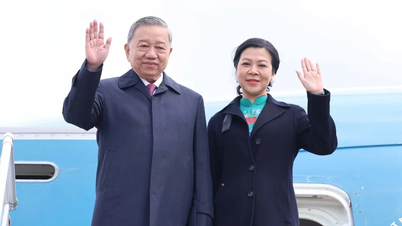


















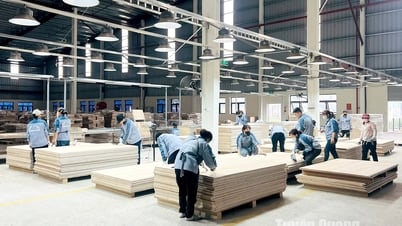


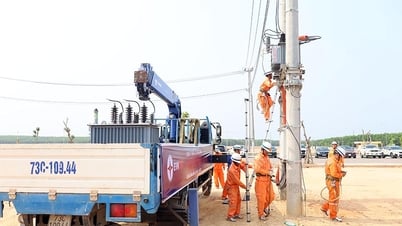











Comment (0)